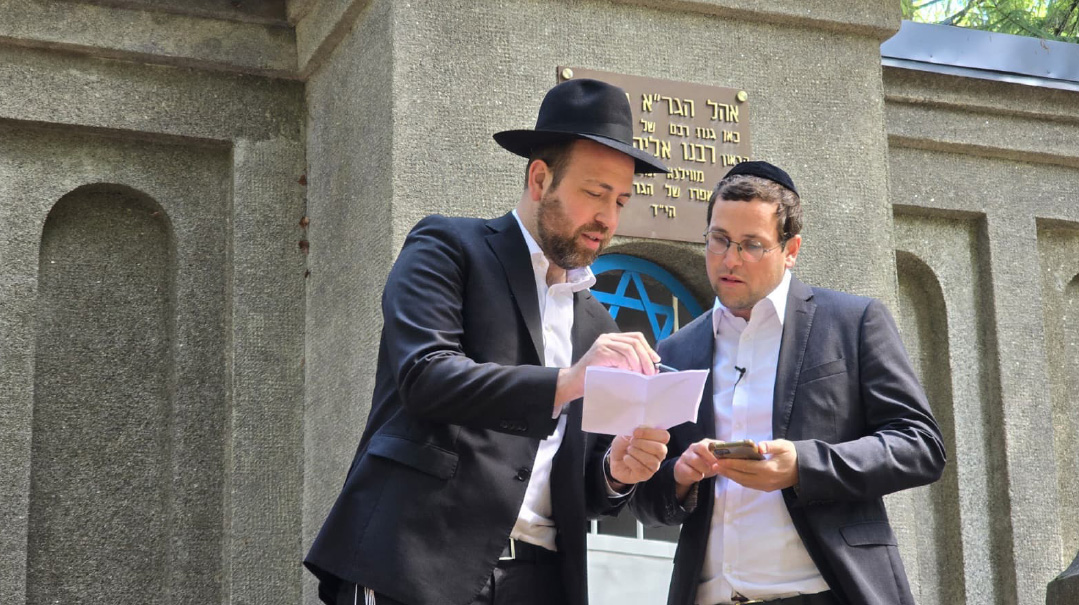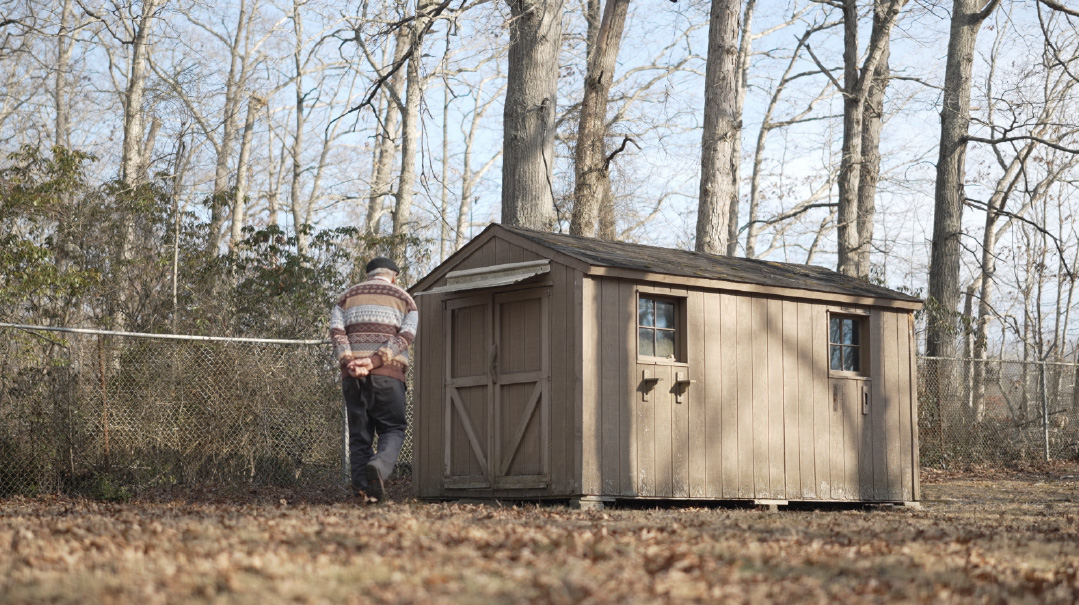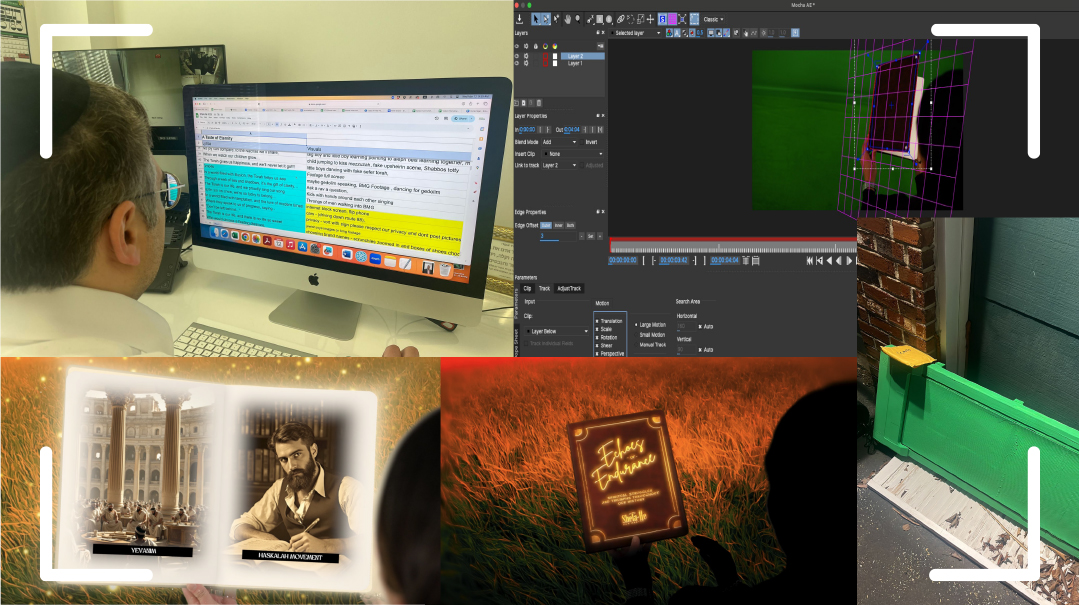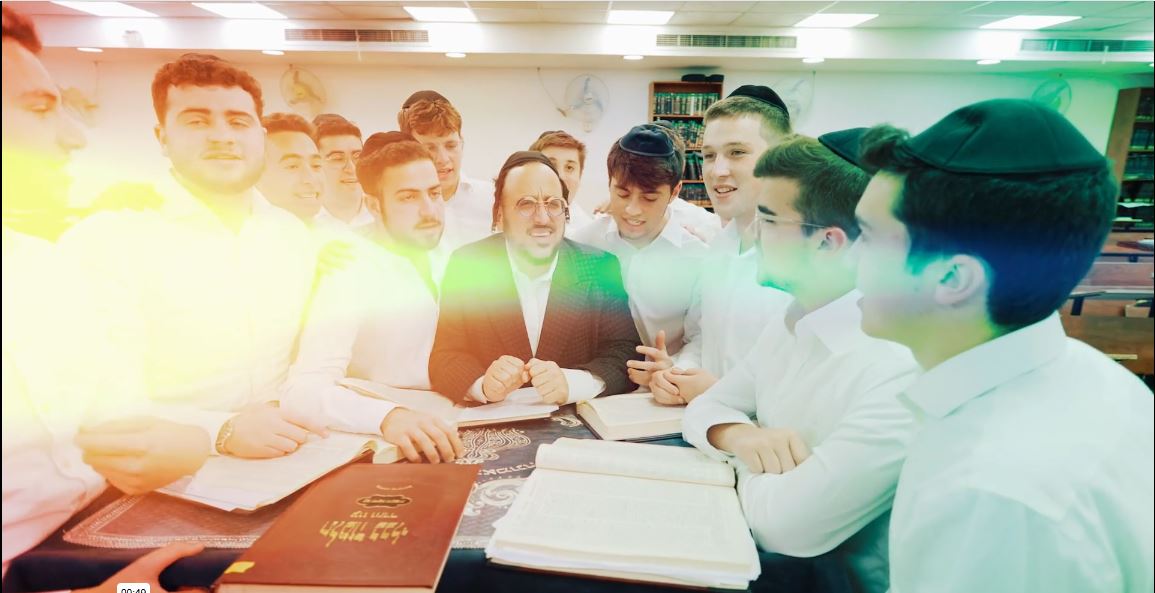What Executive Directors Can Expect From Their Video Vendors
| August 1, 2023The idea of dramatically (and comically) showing where tech would fail as opposed to just explaining where it would help gained traction
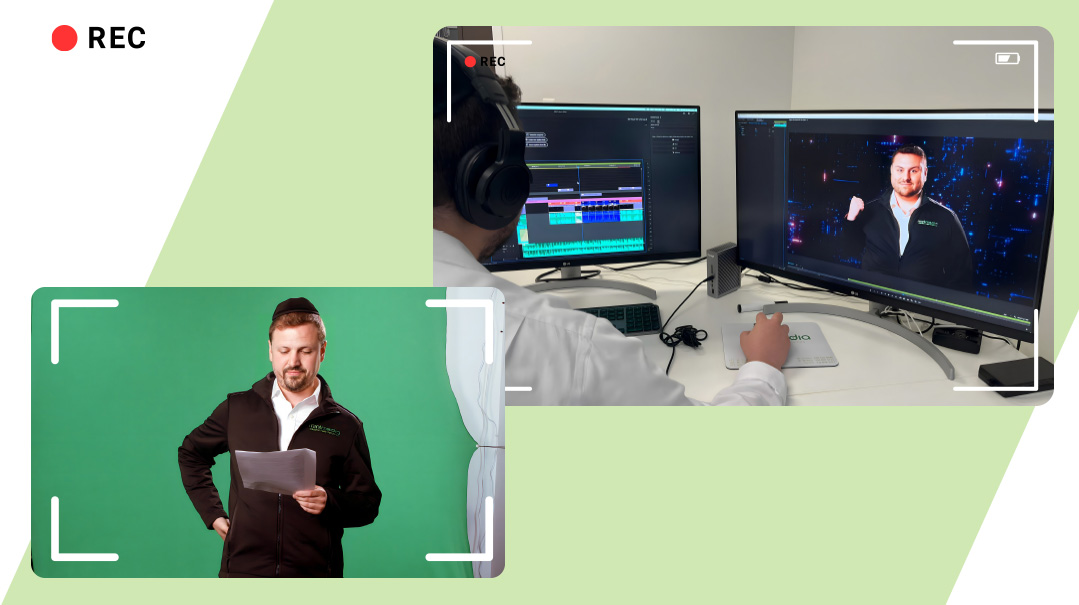
Client: Executive Directors Network (EDN)
Objective: Create a video to show at their conference mid-July
Film locations: Lakewood, in our green-screen studio
Interviews: 6: some of the Mint Media team, plus actor Yaakov Berger
Project Deadline: July 12, 2023
The Proposal
A large percentage of our client base is mosdos, which are run by executive directors, so an event like the annual EDN conference, where they gather to share ideas and learn from industry experts, is a real opportunity for us to give back to our clients and to simultaneously showcase our expertise. We’ve worked on various projects with EDN for the past three years, and I was excited when Yitzchok Krausz, executive vice president of Cheder D’Monsey and one of the conference organizers, contacted us about creating three videos. The first would be a short 90-second promotional video encouraging executive directors to attend the conference, to be released at the end of June. The second would be a compilation of rabbanim acknowledging the vital role and chashivus of executive directors, who give so much of themselves to build Klal Yisrael’s mosdos; this would be played at the conference. The third video would be our own in-house production. With this, we would demonstrate the latest trends in video production, helping show executive directors what they can expect from their video production vendor.
Internal discussions
I kicked off our brainstorming sesson with an office lunch; nothing like Upper Crust’s deep-fried mac ’n cheese bites to get the creative juices flowing. I started the discussion with an idea I’d been toying with: a feature spoofing the frum world’s WhatsApp use. (I’m being vague because we still may use it one day!) Mordy Fisgus, our executive VFX director, countered with his own concept: a video about using advanced technology in our line of work.
“We can go through the steps of video making, showing where tech can do a faster and better job, and where human touch is still necessary,” he explained.
His idea sounded current and practical, and the rest of us quickly got involved, throwing out different scenarios. The rapid-fire suggestions quickly took on a comedic angle; we wanted the video to be informative and entertaining, so the idea of dramatically (and comically) showing where tech would fail as opposed to just explaining where it would help gained traction.
Oops! We could not locate your form.

